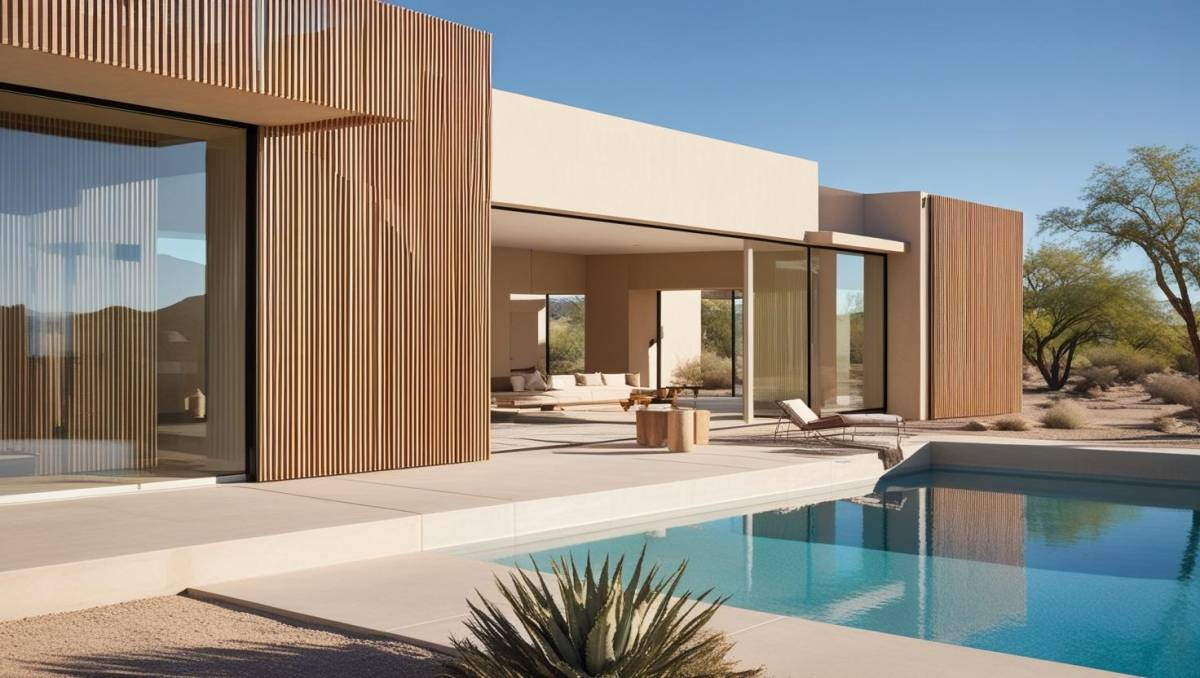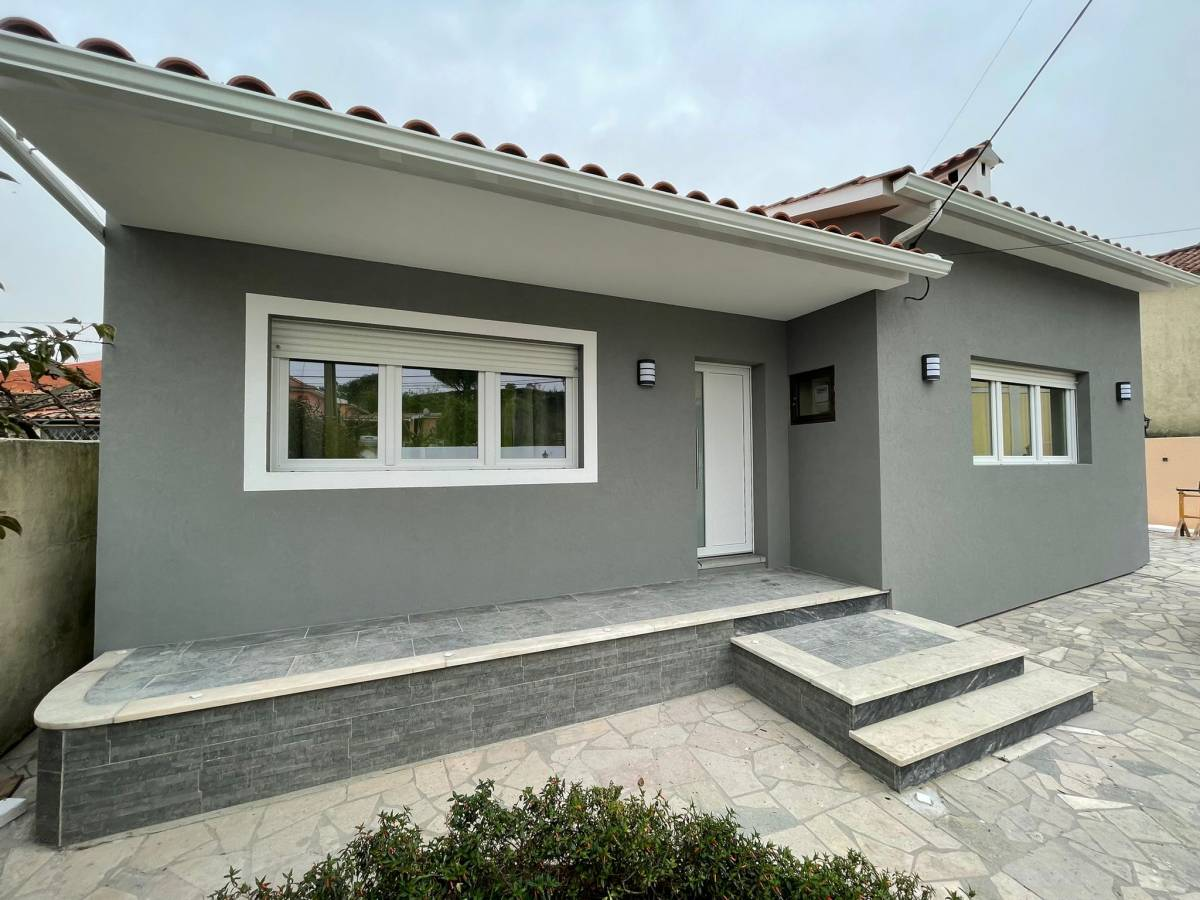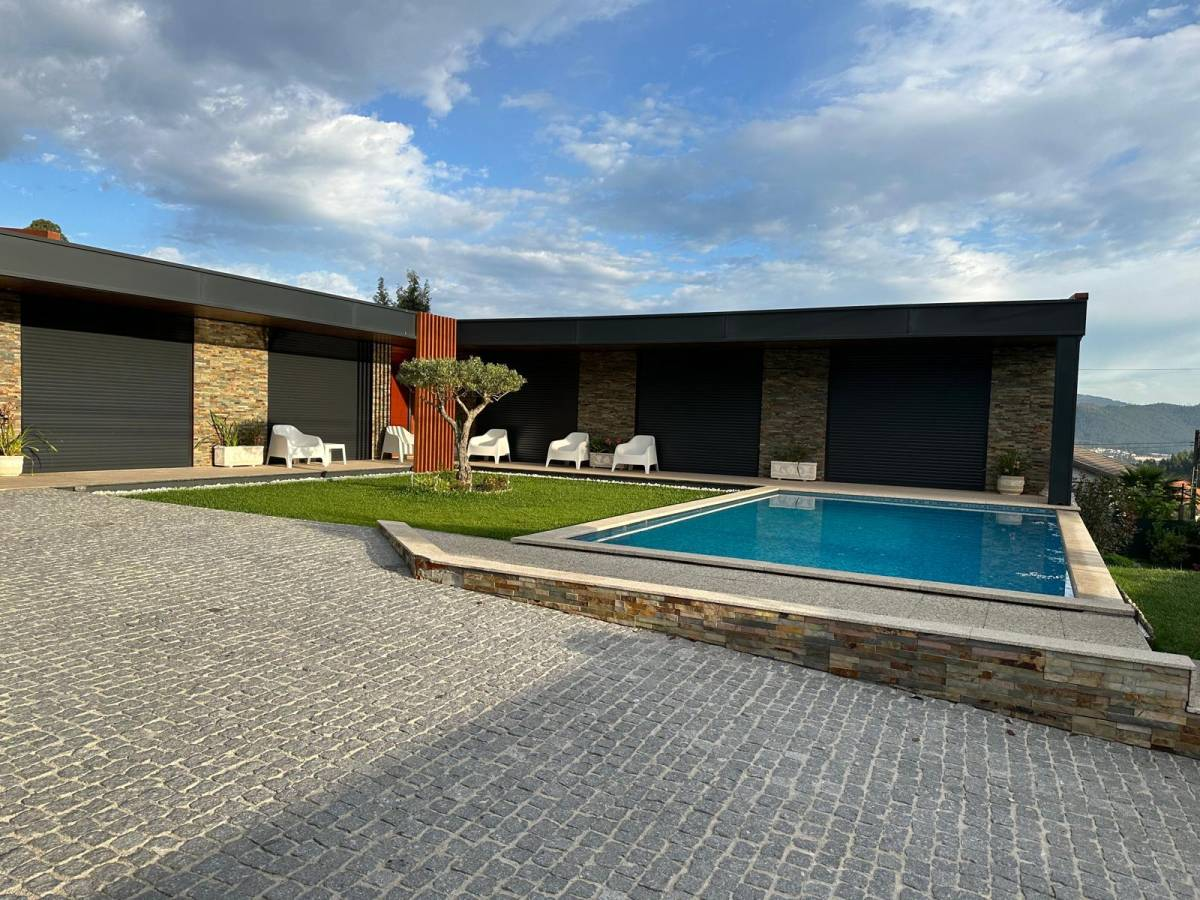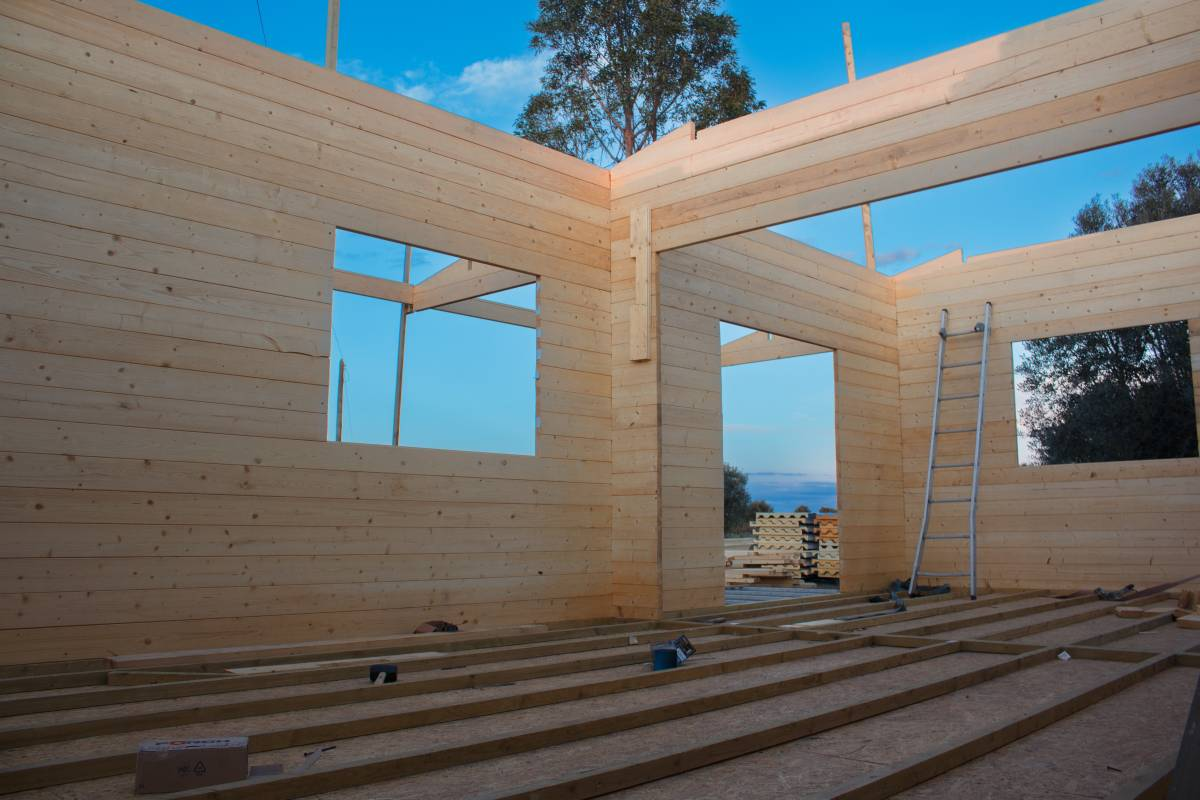
The construction of modular homes in Portugal is set to experience a new surge in 2025 with an increase in demand for this housing model. According to Fixando, an online platform for service contracting, a 221% rise in demand is expected compared to 2024. Let's take a closer look at this type of prefabricated house that is on the rise in Portugal.
What do the numbers show?

The data from the analysis show that in January of this new year, customer interest and requests for this service registered a 148% increase compared to December 2024.
Additionally, based on previous years, the platform reveals that, in general terms, the first months of 2025 marked a 261% rise compared to the monthly average of the previous year.
In statements to idealista/news, Alice Nunes, Director of New Business at Fixando, mentioned that the regions with the highest interest include Lisbon, Porto, Setúbal, Aveiro, Braga, Leiria, and Santarém.
What justifies the rapid growth?

The need for faster, more sustainable, and economically accessible housing solutions may explain this surge in demand, according to BuilditNow, one of the modular construction companies available through the Fixando platform.
"Compared to traditional construction, modular homes offer significantly shorter delivery times, being able to be completed in months instead of years. Additionally, the optimisation of manufacturing and assembly processes can result in more competitive costs," explains José Luís Tirado, head of BuilditNow.
Another advantage highlighted is the predictability of costs and timelines, as modular construction occurs in a controlled environment, reducing dependence on weather factors and minimising waste. Furthermore, this approach allows for greater design flexibility, as the modules can be customised and expanded as needed.
Dimensions and costs of modular homes in Portugal

According to the platform’s study – which connects specialists and clients – regarding the most requested dimensions, the findings are as follows:
- 23% of requests are for homes between 80 and 100 square metres;
- 22% between 100 and 130 square metres;
- 21% between 50 and 80 square metres.
The average budgeted value for the most in-demand modular home size is around €48,000, estimates Alice Nunes.
What is the correlation between demand and realisation?
However, there is a gap between demand and realisation that could be bridged if, according to BuilditNow, there were more public support for modular construction to accelerate the adoption of this solution and make it even more accessible.
In turn, Alice Nunes' remarks point in the same direction. "Although modular construction is already widely used in the United States, Canada, and some European countries, in Portugal, it is still a sector with limited expression. [...] With the exponential growth in demand, our expectations are that modular construction will consolidate as a viable and sustainable alternative for housing in Portugal," she said.